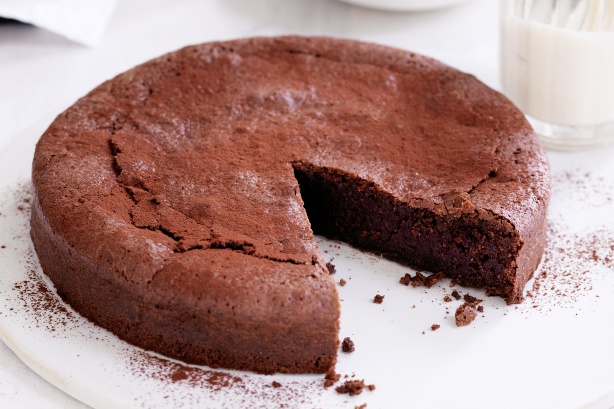| Cosmos beauty along our roads |
Where does one start with a story which still raises deep seated emotions?
Please read more about this "historical" flowers here
Please read more about this "historical" flowers here
Along many of our roads all over South Africa the sides of many of our roads and often in the veld for long distances the Cosmos flowers are to be seen in Autumn.
They are beautiful and are in several colours.
Many motorists are so captivated by their beauty that they stop and look and and are entranced by the calm serenity and prettiness of these flowers.
Nowadays only a very few people know where and how these flowers came into the country.
| The magic of Autumn in South Africa |
During 1899 to 1902 the South African War was fought between the two Boer republics of the Orange Free State and the Transvaal on the one side and the British Empire on the other side.
The total Afrikaner population of the two republics was about two hundred and fifty thousand people.
The British High Command believed that it would need only infantry to wage the war but soon found that against a highly mobile force of Boer Commandos mounted on their Boer Perde it needed ever increasing horse mounted soldiers.
 |
| Horses bound for war, transported via double stalls on a shade-covered ship's deck. (Horses on Board Ship: A Guide to Their Management, by Captain M. Horace Hayes) |
To feed these horses huge amounts of fodder had to be imported.
During the course of that war far more than five hundred thousand horses were used. Of these more than three hundred thousand died.
They died from sickness, from being killed in battles and skirmishes and in the case of the Commandos from being ridden to death.
| In the fodder imported from Argentine were cosmos and khaki bush. This photo is the khaki bush in bloom |
| Cosmos |
Wherever the British horses moved across the country, all over the Free State, the Cape Colony and the Transvaal the seeds of these plants germinated and grew.
Along our roads, along many of our roads and in large parts of our veld these flowers are a beautiful reminder of a vicious war.
In Port Elizabeth there is a monument to these horses. Of a soldier holding a bucket of water for his horse.
Whenever I have seen that monument I have had great difficulty to hide my tears. Tears of sorrow that the most noble of all animals has had to die in a senseless human war.





































